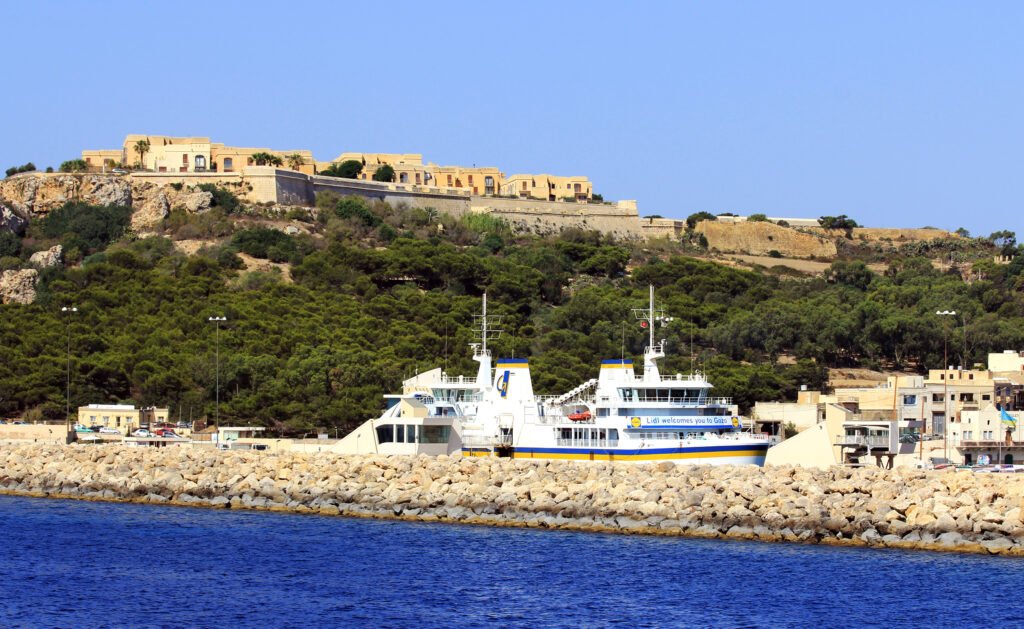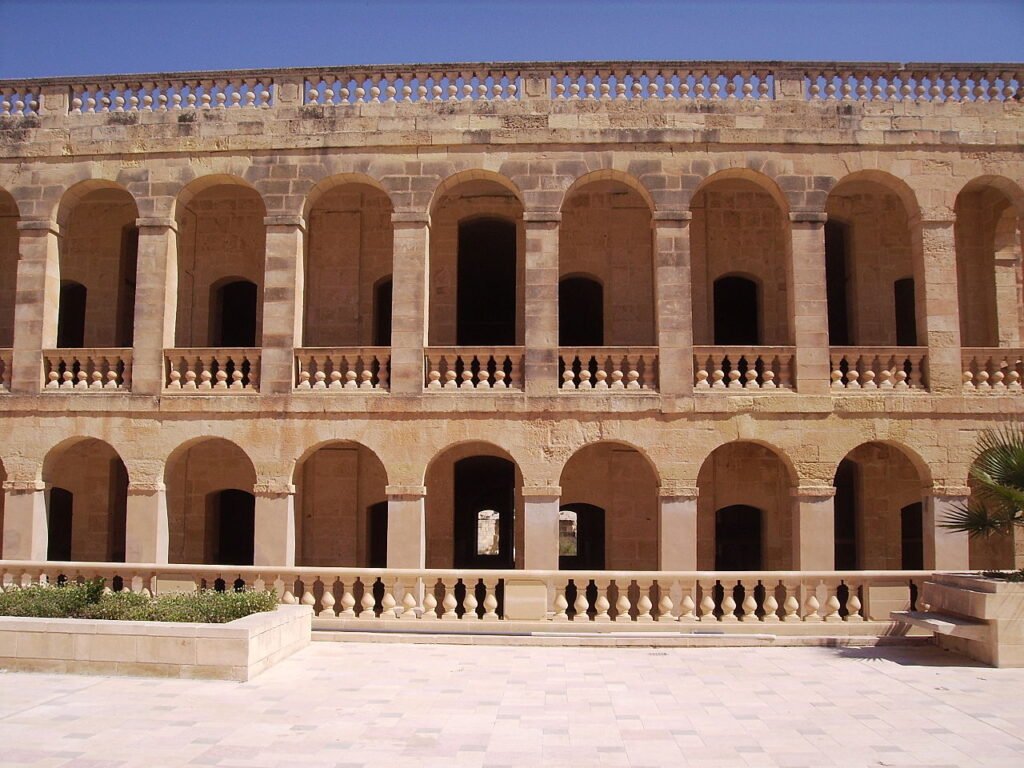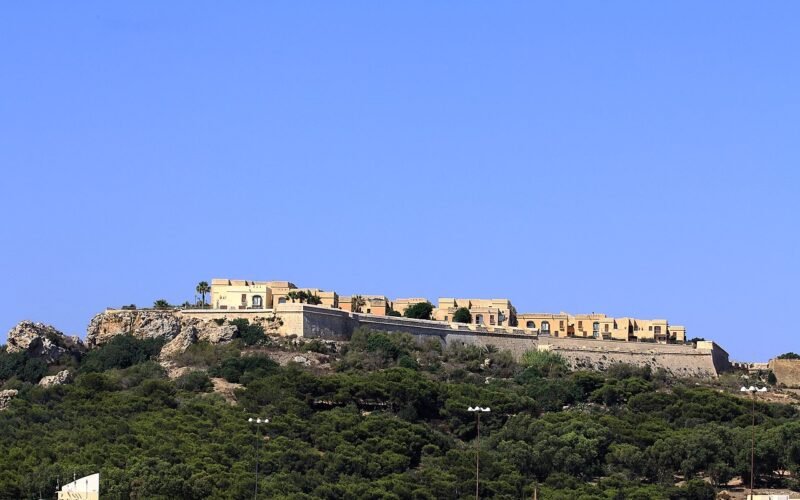Gozo’s charm isn’t just in its beaches and slower pace of life – it’s in its heritage: the old stone buildings, quiet courtyards, and villages that feel untouched by time. But that might be changing.
A recent decision by the Planning Authority to approve a development project near Fort Chambray, which includes demolishing two British-era military barracks, has sparked concern among locals, architects, and heritage organisations. The plan? Replace the low-built limestone structures with 22 modern flats, a pool, and an underground garage.
The Location: A View That Sells Itself

These two low-built limestone buildings sit just outside Fort Chambray in Għajnsielem, overlooking Mġarr Harbour. This isn’t just any plot of land, it’s one of Gozo’s most photographed, historic, and valuable vistas. The area is already under pressure from existing development, with nearby Fort Chambray itself having been partially converted into a residential complex. The barracks, though modest in size, form part of the historical continuum of the site.
Sound familiar? It’s the same old story: demolish first, regret later.
What’s Being Lost?

The barracks aren’t protected by law, which is why developers can move in with permission. But that doesn’t mean they’re worthless. Built in the early 1900s as part of the British military presence in Gozo, the buildings are structurally intact and considered historically significant by groups like Din l-Art Ħelwa, Malta’s national trust. Activists argue these sites could easily be repurposed into cultural spaces, studios, or heritage stays – instead of being erased.
Once it’s gone, it’s gone.
Why Should Property Buyers and Investors Care?
1. Heritage Adds Value: Restored vernacular buildings hold long-term value. They’re unique, in demand, and far more appealing to quality renters or buyers looking for something “authentic.”
2. Overdevelopment Affects Reputation: Gozo’s growing reputation as an “overbuilt island” is already making rounds online. A high-end rental next to a construction site isn’t as profitable as you think.
3. Sustainable Tourism Is the Real Opportunity: Tourists, especially repeat visitors, are increasingly eco-conscious. They want authenticity, not air-conditioning units hanging off the side of prefab blocks. Restored military or colonial buildings, with historical interpretation and low-impact design, could easily become highlights of Gozo’s tourism portfolio.
4. Planning Is Becoming Political: Recent public outrage over several high-profile permits – from Ulysses Lodge in Xagħra to Marsalforn’s seafront – suggests future governments may feel compelled to tighten regulations, especially in Gozo. This could affect planning zones, building heights, and what qualifies for a permit.
Can Malta Do Better?
Other countries already are. Italy and Portugal both encourage restoration over demolition by offering tax incentives and restoration grants. Malta could take a page from that book, offering rewards to developers who choose to preserve – not flatten – the past.
There’s also a call for the scheduling process to be faster and more transparent. Many valuable buildings in Malta and Gozo remain unprotected simply because no one got around to applying.
Buy Into Identity – Not Over It
Gozo’s future as a property destination depends on preserving what makes it different. Nobody flies here for glass blocks and underground garages – they come for character, peace, and a sense of place.
So if you’re buying, renovating, or investing – think long-term. And ask yourself:
Can I build something new without destroying what’s irreplaceable?
Because in real estate – and in heritage – not everything can be rebuilt.








